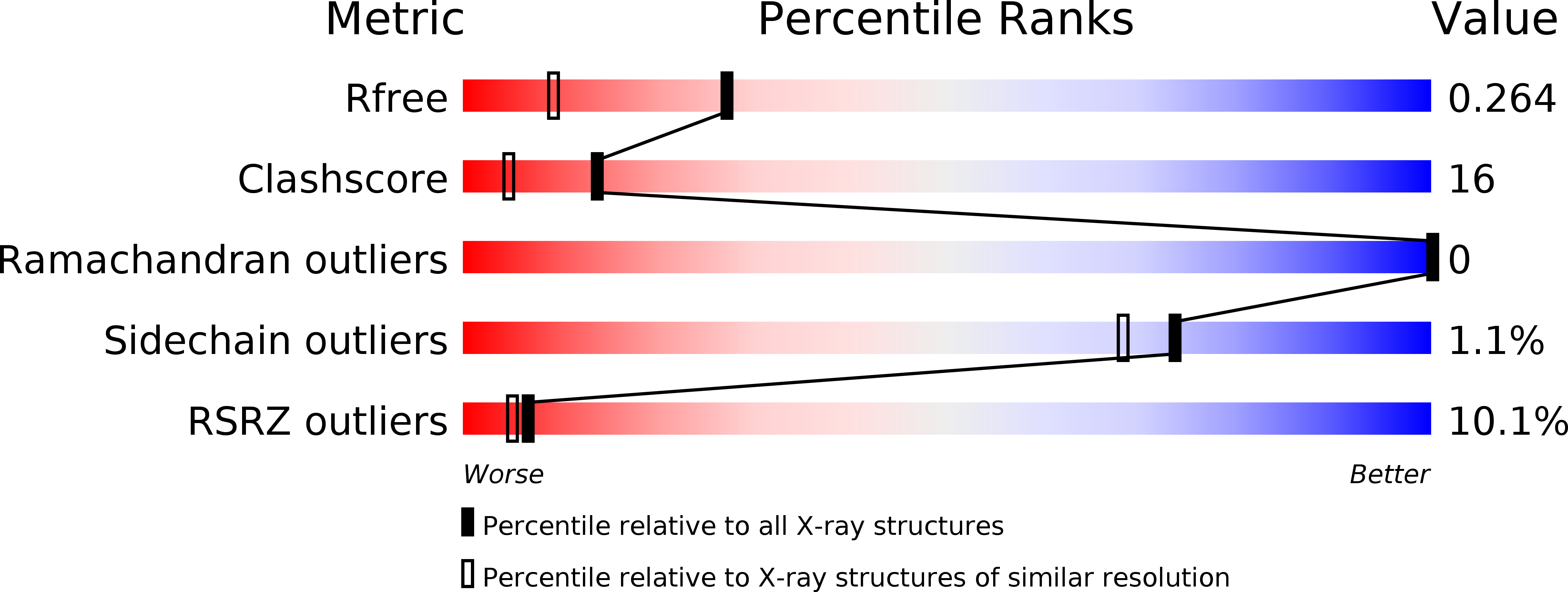
Deposition Date
2007-08-10
Release Date
2007-10-23
Last Version Date
2024-11-06
Entry Detail
PDB ID:
2QX0
Keywords:
Title:
Crystal Structure of Yersinia pestis HPPK (Ternary Complex)
Biological Source:
Source Organism:
Yersinia pestis (Taxon ID: 632)
Host Organism:
Method Details:
Experimental Method:
Resolution:
1.80 Å
R-Value Free:
0.26
R-Value Work:
0.23
R-Value Observed:
0.23
Space Group:
P 1 21 1


